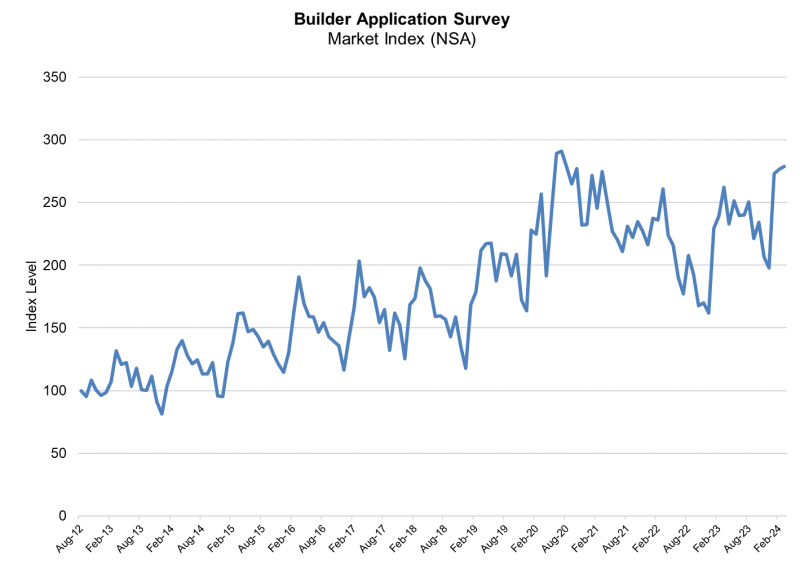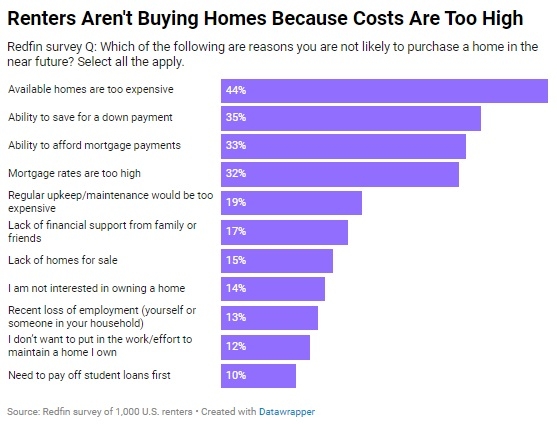Advertisement
Fostering Growth in the Wholesale Channel in 2013

The wholesale channel has undergone quite a shakeup in the past year. With large banks exiting the market altogether, now is the time for smaller and mid-sized wholesale lenders to evaluate what this means for their businesses moving forward. There remains significant viability in the wholesale market; however, wholesale lenders need to transform how they operate to position themselves for growth in 2013 and success far beyond.
Two types of wholesale lenders
Wholesale lenders currently fall into one of two categories, neither of which operates optimally. The first uses a very methodical, yet painstaking time- and labor-intensive quality control (QC) process. They spend countless resources on personnel to ensure rates are accurate before accepting a broker file and the liability that comes with it. This comes at a cost, as they make huge sacrifices to their efficiency and productivity.
On the other hand, many wholesale lenders use an extremely minimal QC process, and some use none at all. Lenders usually cite a lack of manpower as the primary reason for skipping this vital step–they know fines are inevitable and simply consider these a cost of doing business. I recently spoke to a wholesale lender with very high volume that did not have the personnel for a formal, upfront QC process, and instead, accepted every file, well aware that inaccuracies were leading to costly fines. A careful assessment showed that between 10 and 15 percent of this lender’s files contained incorrect data. Understanding the money that was flying out the window and seriously affecting the company’s bottom line was finally motivation enough to make a change.
This situation is common among wholesale lenders today, as they are overwhelmed like the rest of the industry with compliance requirements. However, accounting for hundreds of thousands of dollars annually as a cost of doing business is certainly not a recipe for success, especially as regulatory obligations and subsequent fines grow.
Revamping the lender/broker relationship
Wholesale lenders need to revitalize their systems and how they communicate with their brokers, and they should make improving the workflow between themselves and brokers a key focus. Currently, if a broker sends a file to a lender that does not meet their requirements, whether it relates to formatting or fees disclosed, the lender will reject the file and business is lost. This is inefficient for everyone. Wholesale lenders want to support the brokers they work with in getting correct fee data, and many are successfully doing so and improving outcomes for everyone (the lender, broker and the consumer) by engaging technology.
Technology to manage workflow as well as provide accurate, timely data for Good Faith Estimates (GFEs) is giving proactive wholesale lenders the ability to improve efficiencies and best manage their relationships with brokers. As regulations tighten, so do the practices of many wholesale lenders. While the broker typically creates the GFE package, many wholesale lenders now prefer to eliminate risk by taking full control of this process. However, wholesale lenders that want this task to remain a responsibility of the broker can use technology that allows them to configure rules behind the scenes based on specific requirements, such as when a pest inspection or land survey is required. This allows them to retain ultimate control without taking on the added workload. Tools are available for wholesale lenders that assure brokers have the correct fee components and can even direct from which service providers a broker can choose.
Beyond delivering precise GFE data, wholesale lenders should be using technology to better communicate and establish a streamlined and clear workflow with their brokers. When there is a change in circumstance, a workflow system provides essential, immediate alerts to the party designated to handle the re-disclosure, whether it is the broker or the lender. Changes in recording fees or a local taxing jurisdiction fees should be addressed immediately. Too often these disclosures simply do not go out, a situation that can be avoided altogether with the right system in place to ensure tasks are managed and create a detailed audit trail.
Supporting brokers
Brokers are well aware that changes occur constantly, and typically they do their very best to keep up. However, many brokers do not even know when they continue using incorrect data, especially as it relates to transfer taxes and recording fees. The old saying “you don’t know what you don’t know” rings true with some brokers.
Wholesale lenders can support brokers, and in turn improve their own businesses, by implementing technology that calculates rates based on statutory and customary practices and ensures brokers consistently follow their particular rule set.
Following the housing market’s decline, brokers were heavily criticized for their role in the industry’s collapse. By enlisting tools that support the work of brokers, wholesale lenders can help them gain credibility among consumers and rebuild the broker market as a whole. Technology can be the key to this by empowering brokers to provide consumers with precise estimates upfront and ensuring everything goes smoothly when they arrive at the closing table. Many brokers today still attempt to alleviate challenges at this final step by inflating their initial estimate, telling the borrower to trust in them that the final costs will be lower. This is not a good practice for anyone. Strong lending mean providing accurate information for a mortgage in that local jurisdiction based on the unique transaction. Wholesale lenders must ensure there is no reason for their brokers to overstate estimates to consumers. By helping the broker to become a higher level professional, a wholesale lender can create a better experience for the borrower, which leads to more referrals and a stronger reputation in the lending industry.
Technology: A win-win situation
More regulatory changes are inevitable. Additional rules on the horizon from the Consumer Financial Protection Bureau (CFPB) will bring whole new level of accountability to wholesale lenders. Additionally, it is likely that more affiliated relationships will be held to zero tolerance, creating even more risk for the lender. Due to these enormous changes and growing amounts of risk, the intercession of technology is no longer an option for lenders–it is a must.
To realize the benefits of this changing wholesale market and grow their businesses, wholesale lenders must apply technology that lets them reduce the number of touches that occur from the moment a broker file is received. Antiquated and manual methods no longer support QC and compliance. Those that continue to match up templates and tables (if they perform QC at all) or accept every broker file and hope for the best will not be able to stay afloat in today’s challenging environment. Technology makes achieving more with fewer resources and less manpower possible, and the positive effects of establishing bidirectional communication with brokers leads to fewer fines, a stronger bottom line and creates a chain reaction benefiting brokers and consumers.
Wholesale lenders must understand that their brokers cannot afford to continue waiting on responses from providers–they need accurate rates instantaneously to do their jobs properly. Giving them access to technology that delivers the data they need, when they need it, is an incredible value add for brokers. This is where they experience the huge cost savings and an immediate return-on-investment (ROI) on any technology investment, as it is where they eliminate the costly fines they have become used to paying on behalf of broker errors. Major efficiencies are gained by everyone when using a solution that acts as a system of record, tracking all activities and changes from the initial GFE through the end of a transaction.
A healthy wholesale market
A wholesale market that is healthy and competitive allows consumers to shop while also keeping the entire channel strong. Now is the time for wholesale lenders to capitalize on recent changes in the market with big players no longer a part of the environment. Wholesale lenders will miss the opportunity in front of them for significant growth if they continue to either waste resources on outdated QC processes or make the conscious business decision to disclosure inaccurate rates to get a file closed and knowingly incur fines.
This year is an opportune time to grow a wholesale lending business, so take the time to identify the tools that aid in data communication as it is presented to consumer. Leverage modern systems that reduce overhead and origination costs, which eventually trickles down to the consumer, boding well for business growth and the market overall.
Cathy Blaszyk is vice president of lender services for La Jolla, Calif.-based ClosingCorp Inc., a provider of residential real estate closing cost data and technologies for mortgage lenders, real estate professionals and consumers. She can be reached by e-mail at [email protected].
About the author





